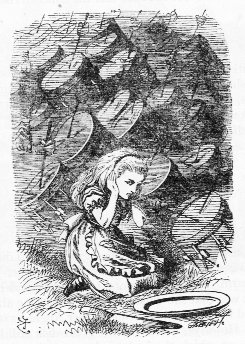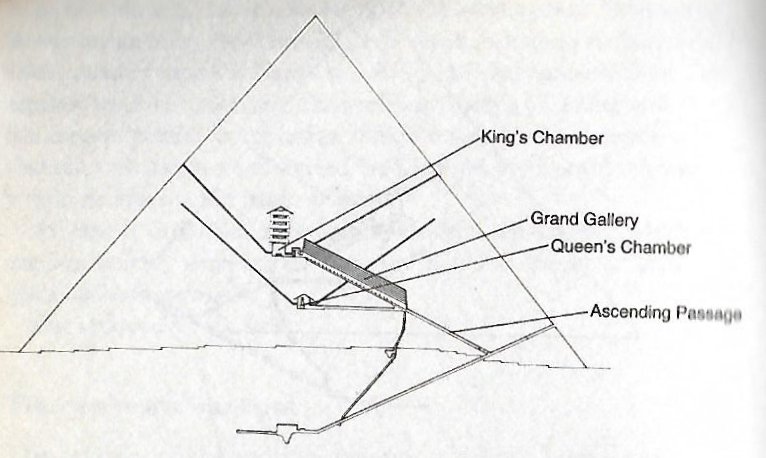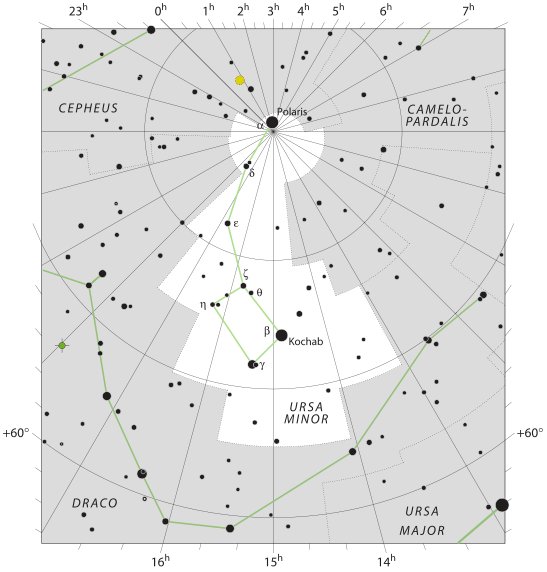|
ADDENDA
222.3 There might have been compelling reasons for the creator of the D tablet not to explicitly visualize 107 of the total number of glyph positions (as was done in e.g. the G text). For instance the limited area to work with. However, 212 = 2 * 106. The text on the Mamari tablet (C) carries 392 + 348 = 740 glyphs, and according to my perception of the text on side a it had been determined to end 107 days after day 285. I had arrived at this conclusion from assuming its text on side a was beginning when the Sun was at 0h with the nakshatra Full Moon ideally half a year away:
At the beginning of the 14th and last of the glyph lines on side a came what seems to be a return to the beginning of the cycle, although the glyphs have here been drawn 'partially submerged', which presumably was intended to visualize how they were sinking low at autumn equinox. They were now no longer at the Sun but at the Full Moon: ... A young Egyptian called Setna (or Seton Chamwese) wanted to steal the magic book of Thot from the corpse of Nefer-ka Ptah, one of the great Egyptian gods, who was often portrayed as a mummy. Ptah, however, was awake and asked him: 'Are you able to take this book away with the help of a knowing scribe, or do you want to overcome me at checkerboards? Will you play 'Fifty-Two'?' Setna agreed, and the board with its 'dogs' (pieces) being brought up, Nefer-ka Ptah won a game, spoke a formula, laid the checkerboard upon Setna's head and made him sink into the ground up to his hips. On the third time, he made him sink up to his ears, then Setna cried aloud for his brother, who saved him ...
The colours of the rainbow will not be seen if the Sun is absent. The stars will not be seen if the Sun is present. The equinox in day 265 (September 22, *185) is not at 12h but 2 days later, because the orbit of the Earth around the Sun is elliptical and not circular. The stars at the Full Moon would advance in the Sun calendar with the speed of the precession and therefore the last glyph on side a, number 392, can be understood as corresponding to *365 (March 21) + *27 (the precessional distance down to Roman times). As Metoro said when reading the text on the tablet for Bishop Jaussen on Tahiti and he reached the beginning of side b: ... rutua - te pahu - rutua te maeva ... (the drums were sounding because the sky was moving). Rangi-maeva = Moving Sky (name of a marae)
This idea can be confirmed by seeing the First Point of Aries at the beginning of side b:
Since Roman times the stars (the night sky) had moved ahead due to the precession with around *27 right ascension days. 80 (March 21) + 27 = 107 ('April 17) = October 17 (290) - 366 / 2.
... The star [Thuban] could be seen, both by day and night, from the bottom of the central passage of the Great Pyramid of Cheops (Knum Khufu) at Ghizeh, in 30° of north latitude, as also from the similar points in five other like structures; and the same fact is asserted by Sir John Herschel as to the two pyramids at Abousseir ...
The Sky moved because the precession had pushed Polaris to the top, which meant the Sun calendar had to change correspondingly, which meant a shift with about half a year, which meant it was necessary to count also the days from January 1 to 0h.
|
||||||||||||||||||||||||||||||||||||||||||||||||||||||||||||||||||||||||||||||||||||||||||||||||||||||||||||||||||||||||||||||||||||||||||||||||||||||||||||||||||||||||||||||||||||||||||||||||















